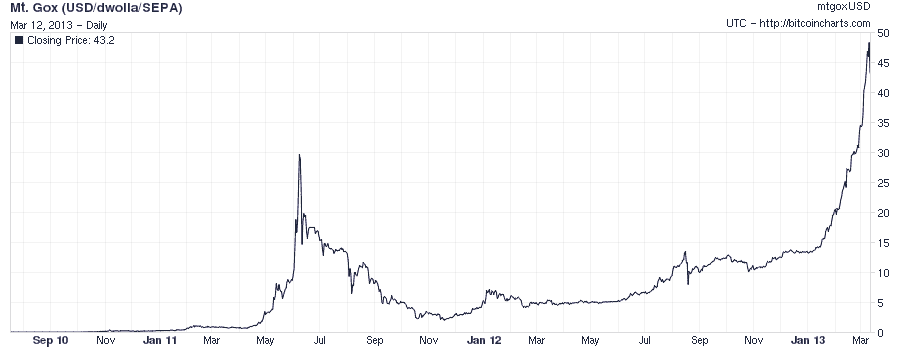
The incredible economic opportunity that cryptocurrency speculation poses has led to an arms race in order to maximize cryptomining performance. Ironically, Tesla, a company with an environmentally-forward stance, was awarded $1.5 billion in environmental subsidies in 2020, which then turned into a $1.5 billion investment in Bitcoin. Large financial firms such as BlackRock, which holds $9.5 million trillion in assets, have gotten in on the excitement and added crypto to its balance sheet. Like any stock, Bitcoin’s rising value has been driven by the many people who believe in the hype. The use of cryptocurrencies as a means of speculation has led to its skyrocketing popularity as a form of investment. The power of cryptocurrency seems incredible, right? In reality, these cryptocurrencies are often used as a means of speculation and as a tool for the rich to become richer.

Perhaps the best metaphor is that of a vending machine: With the right inputs, a certain output is guaranteed. On the other hand, Ethereum, another popular cryptocurrency, allows users to create “smart contracts” that function as a program on the Ethereum blockchain. Bitcoin, for example, was intended to be used as a virtual currency to send money. There are thousands of different cryptocurrencies that can be designed in specific ways for a variety of purposes. In exchange for handling these transactions, cryptocurrency is rewarded in a form of a lottery system that runs every 10 minutes. Mining is a lottery to create new blocks in the Bitcoin blockchain which track and verify all transactions performed on the decentralized network. Cryptomining is the process by which new coins are entered into circulation. Cryptocurrency is appealing to many because of its decentralized network, which eschews a central authority, such as the government, or central banks that can manipulate prices and the level of privacy and anonymity in transactions when used correctly. The blockchain can be thought of as a never-ending receipt of all verified transactions. Cryptocurrency utilizes a technology called blockchain, which manages and records transactions in a network of computers on a decentralized network.

In many ways, the rapid growth in the use of cryptocurrency has led to immense environmental impacts that largely remained unaddressed.Ĭryptocurrency is a form of virtual currency that can be thought of as arcade tokens or casino chips that can be exchanged for real currency, such as USD. This would place Bitcoin among the top 30 energy users worldwide if it were a country. Cryptocurrency mining does not directly leave a tangible scar upon Earth’s surface however, to put things into perspective, the hidden energy requirements of cryptocurrency mining for Bitcoin consumes more electricity than Finland. But in today’s modern age of technology, a new form of mining has appeared: the “mining” of cryptocurrency. At first mention, mining may bring images of industrial mines filled with large machinery, clanking conveyor belts and people in hard hats.


 0 kommentar(er)
0 kommentar(er)
